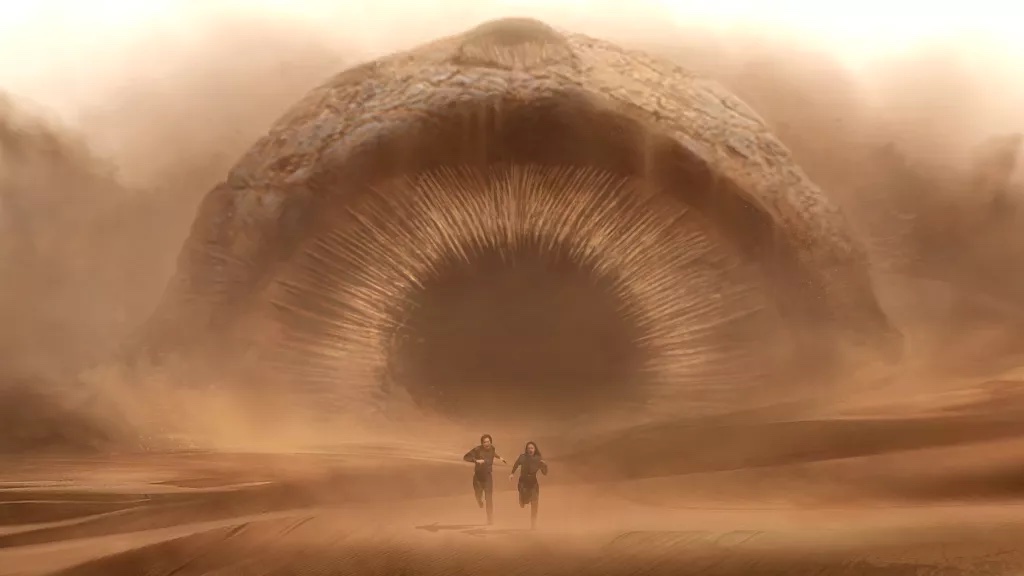Though widely regarded as one of the greatest science fiction novels ever written and having laid the foundation for Star Wars to take off, Frank Herbert’s seminal 1965 novel Dune has struggled to translate to the big screen. A 1984 epic directed by David Lynch, for example, was critically panned to the point where the vaunted filmmaker disowned the final cut. Denis Villeneuve, the French-Canadian director behind Blade Runner 2049, may have just broken the “curse of Dune” with his newly released adaptation, which cost a whopping $165 million and took more than three years to make. Besides the star-studded cast that includes Timothée Chalamet and Zendaya, perhaps Dune’s most exceptional quality is the captivating set design by Patrice Vermette.
To set the stage for the sci-fi epic, which mostly takes place on the harsh desert planet of Arrakis, Vermette immersed himself in the novel and collected images and illustrations. On the mood boards? Ancient pyramid-style Ziggurat architecture, power dams, Soviet and Brazilian Brutalism, glaciers, marble mines, and World War II bunkers, which all became the cornerstones of the film’s universe. “We talked about how colonialism always tries to force itself onto a landscape,” he tells Science Focus, “which led me to the work of Nicolas Moulin and of Super Studio in the 1960s, both concept architects who had these designs for huge human-made constructions jutting out of landscapes, which were kind of terrifying.”


